The Tragic Transformation of Gruinard Island
For centuries, Gruinard Island remained a peaceful and untouched piece of land, known for its natural beauty and wildlife. However, everything changed during World War II. As the world plunged into chaos, the British government sought new ways to gain an advantage in warfare. One of their most controversial and chilling ideas? Biological weapons. And for that, they needed a secluded, controlled environment to conduct their experiments—Gruinard Island was chosen as the perfect testing ground.
The Anthrax Experiments: A Deadly Decision
In 1942, a group of top British scientists, including those from the prestigious Porton Down research facility, arrived on Gruinard Island with a secretive mission. Their goal was to test the potential of Bacillus anthracis, more commonly known as anthrax, as a biological weapon. If successfully developed, this weapon could devastate enemy populations by contaminating food supplies, air, and water.
To carry out the experiment, the scientists brought around 80 sheep onto the island. They then released anthrax spores into the environment and observed the horrifying results. Within days, the sheep began collapsing one by one, dying from the infection. The experiment confirmed what scientists had feared—anthrax was terrifyingly effective. It could kill quickly, spread easily, and remain in the environment for years.
A Paradise Turned Into a Forbidden Zone
While the experiments were deemed successful from a military standpoint, they left Gruinard Island in a state of devastation. The anthrax spores proved nearly impossible to eliminate. Unlike chemical weapons, which dissipate over time, anthrax spores can remain active in the soil for decades, making the island a deadly trap for any living creature.
Realizing the long-term danger, the British government sealed off Gruinard Island, placing strict warnings around its perimeter. It became known as “Anthrax Island”, a place that no one dared to set foot on. Even after World War II ended, the island remained untouched. There was no safe way to clean up the contamination, and any attempt to do so would risk spreading the deadly spores further.
A Land Held Hostage by Its Own History
Over the years, Gruinard Island became a symbol of humanity’s dangerous flirtation with biological warfare. It was a reminder that even the most beautiful places on Earth could be rendered uninhabitable by scientific recklessness. Stories about the island spread, fueling urban legends. Some believed that the anthrax had mutated, creating monstrous creatures lurking in the shadows. Others claimed that top-secret experiments still continued in the dead of night.
Of course, these tales were nothing more than speculation. But the reality remained chilling—Gruinard Island was effectively off-limits, a forsaken paradise trapped in time.
The Redemption of Gruinard Island
It wasn’t until the late 1980s, nearly 50 years after the initial contamination, that serious efforts were made to reclaim the island. In 1986, the British government undertook a massive decontamination project. Large amounts of formaldehyde and seawater were sprayed across the island in an attempt to neutralize the anthrax spores. Soil samples were taken and tested repeatedly to ensure that the area was no longer hazardous.
Finally, in 1990, after extensive cleanup efforts, the island was declared safe for human presence. To prove this, scientists even brought in a flock of sheep to graze on the land. When none of them succumbed to anthrax, the government officially lifted the quarantine, and the island was sold back to private ownership.
But Would You Visit?
Despite its clearance, Gruinard Island has never truly returned to its former self. The mere mention of its name still evokes unease. Though scientifically deemed safe, few dare to set foot there. It remains uninhabited, shrouded in an air of mystery and caution. Perhaps it’s psychological—after all, how can one be certain that every trace of anthrax is gone? Or maybe nature itself remembers what happened there, whispering its dark secrets through the rustling of the leaves and the crashing of the waves.
Today, Gruinard Island is a silent monument to the dangers of biological warfare. It stands as a testament to the unintended consequences of scientific ambition, a reminder that even the most breathtaking landscapes can harbor invisible threats. It’s a paradise, yes, but one that few would dare to claim.
Would you?
A Hauntingly Beautiful Mystery
Gruinard Island remains one of the most fascinating and haunting places in modern history. It is a chilling example of how human intervention can turn an untouched paradise into a no-man’s land. Though its beauty remains, its past lingers, making it a destination that exists more in eerie fascination than in reality.
So, the next time you dream of escaping to a deserted island, just remember—some places are deserted for a reason.
You might have missed many other fascinating pieces of information, follow Maybemiss.com to stay updated on things that may be old but feel incredibly new!




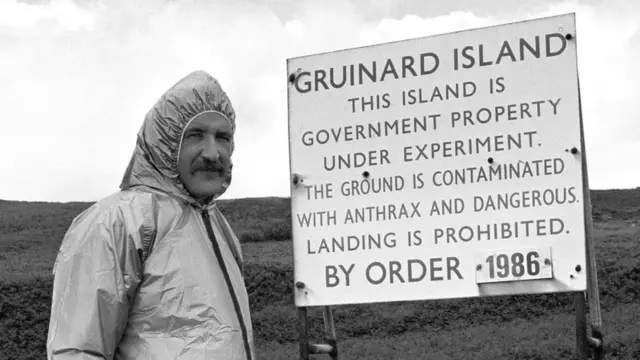
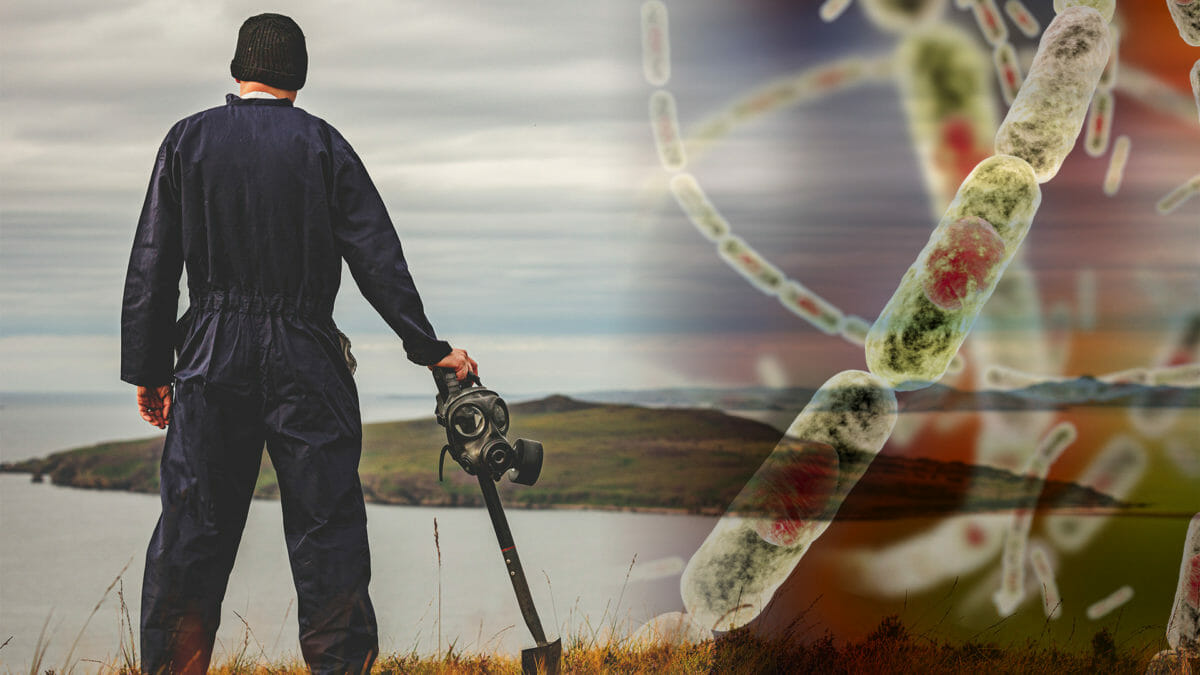


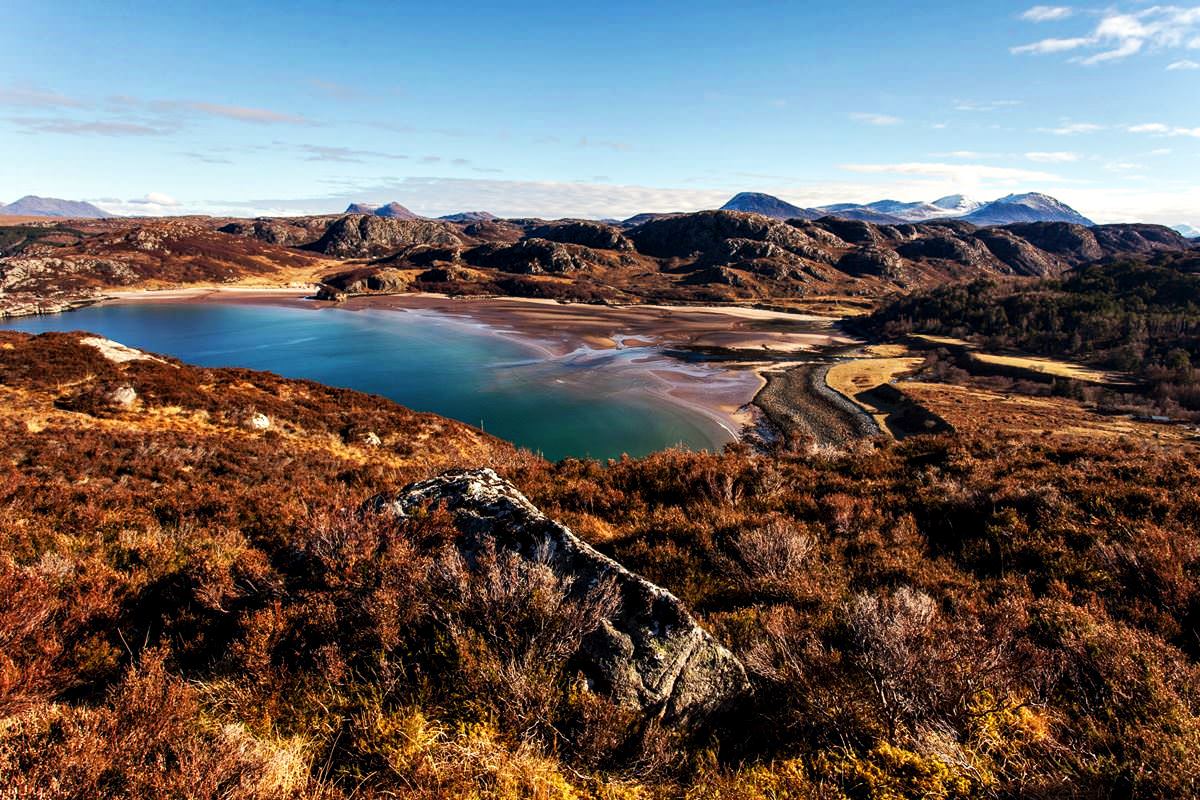
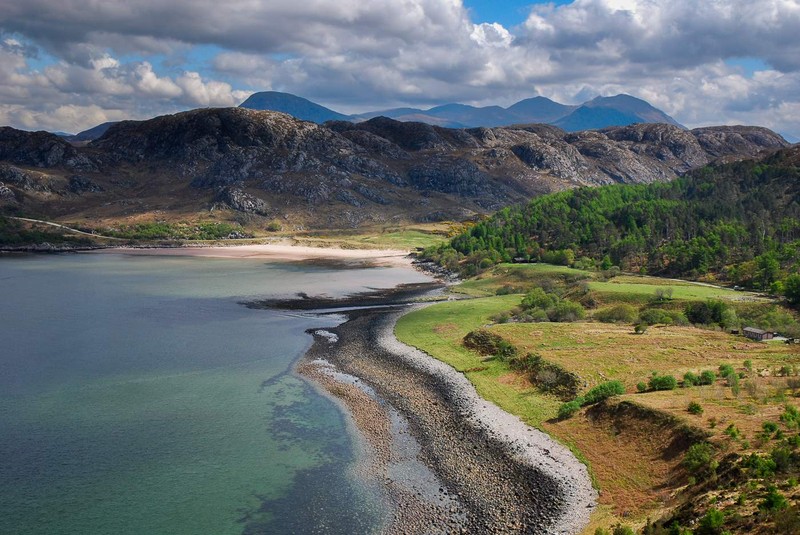
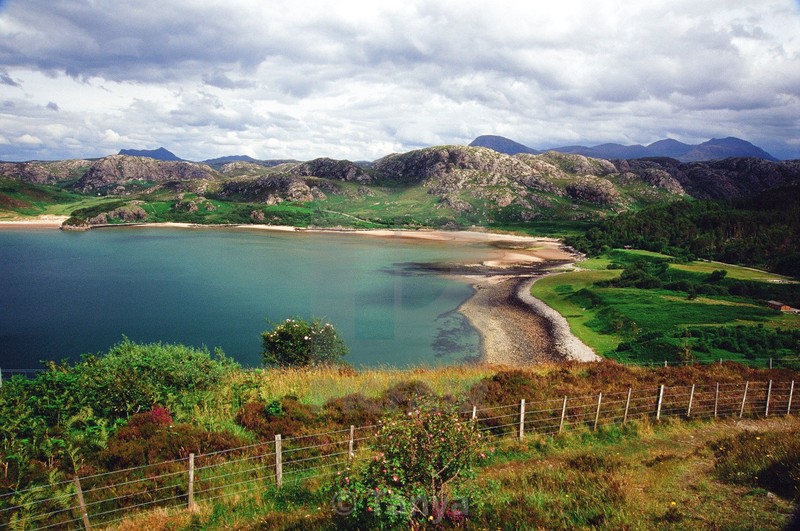












Discussion about this post